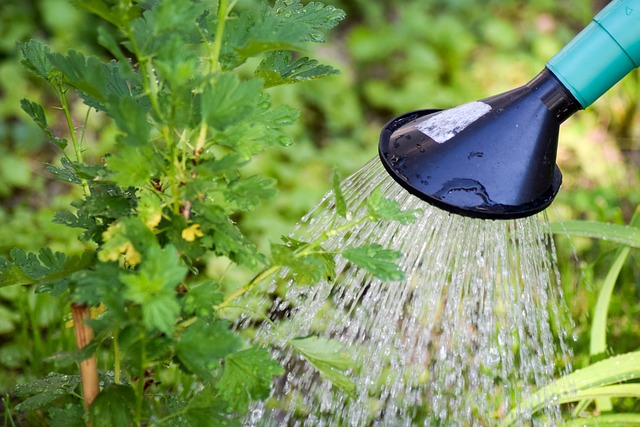Habitats: communication
This session provides an opportunity for learners to communicate what they have discovered about the habitats in their school grounds, as well as consider how they might be developed to support and increase local biodiversity.
This is recommended as session five of the Lower Key Stage Two Habitats Unit, interpreting and communicating data about our school habitats.
Preparation
Green skills
- environmental stewardship
- communication
- interpreting data
Step by step
Quick starter activity
Outdoor environmental stewardship
Start the lesson with 10 minutes of positive collective action – this could be watering plants, picking up litter or planting some seeds.

Ask the children how the activity made them feel.
Main activity suggestions
Suggestion 1 (Indoor and outdoor)
Nature Park activity: 3 ways to...Share your Findings This activity shares three different ways learners can present their findings to others, with a focus on habitat mapping. Consider using the habitat mapping tools to share the different habitats identified.
Suggestion 2 (Indoor and outdoor)
Nature Park activity: 3 ways to....Prioritise Opportunities Learners may have chosen areas of your site that are used or underused, green or not-so-green, full of nature or more human-made. An exciting next step is prioritising the opportunities you’d like to explore further on your Nature Park journey.
Suggestion 3 (Indoor)
The Poetry Society: Homes and Habitats Learners will be introduced to some knowledge of habitats and the risks animals face because of habitat destruction. Learners will read and discuss a poem that compares many different habitats. They will then write their own poem using simile to compare animals’ habitats in their school grounds with their own.
*These poetry resources can support English curriculum learning outcomes. If you are focusing on other subjects, these resource can be used for discussion and reflection, rather than focusing on assessment of writing.
Top tips
Interpreting data about the habitats around your school can be a great way to conduct some meaningful data handling in maths. For example, creating pie charts to show the proportions of each type of habitat in your school grounds.
Consider using the below template for learners to communicate the types of habitats in your school grounds. It will allow learners to practice their persuasive writing whilst raising awareness about the habitats found in your school grounds.
Curriculum links
Breadth of opportunities
Pupils should be taught the knowledge, skills and understanding through opportunities to
- take responsibility (for example, for planning and looking after the school environment)
- make real choices and decisions